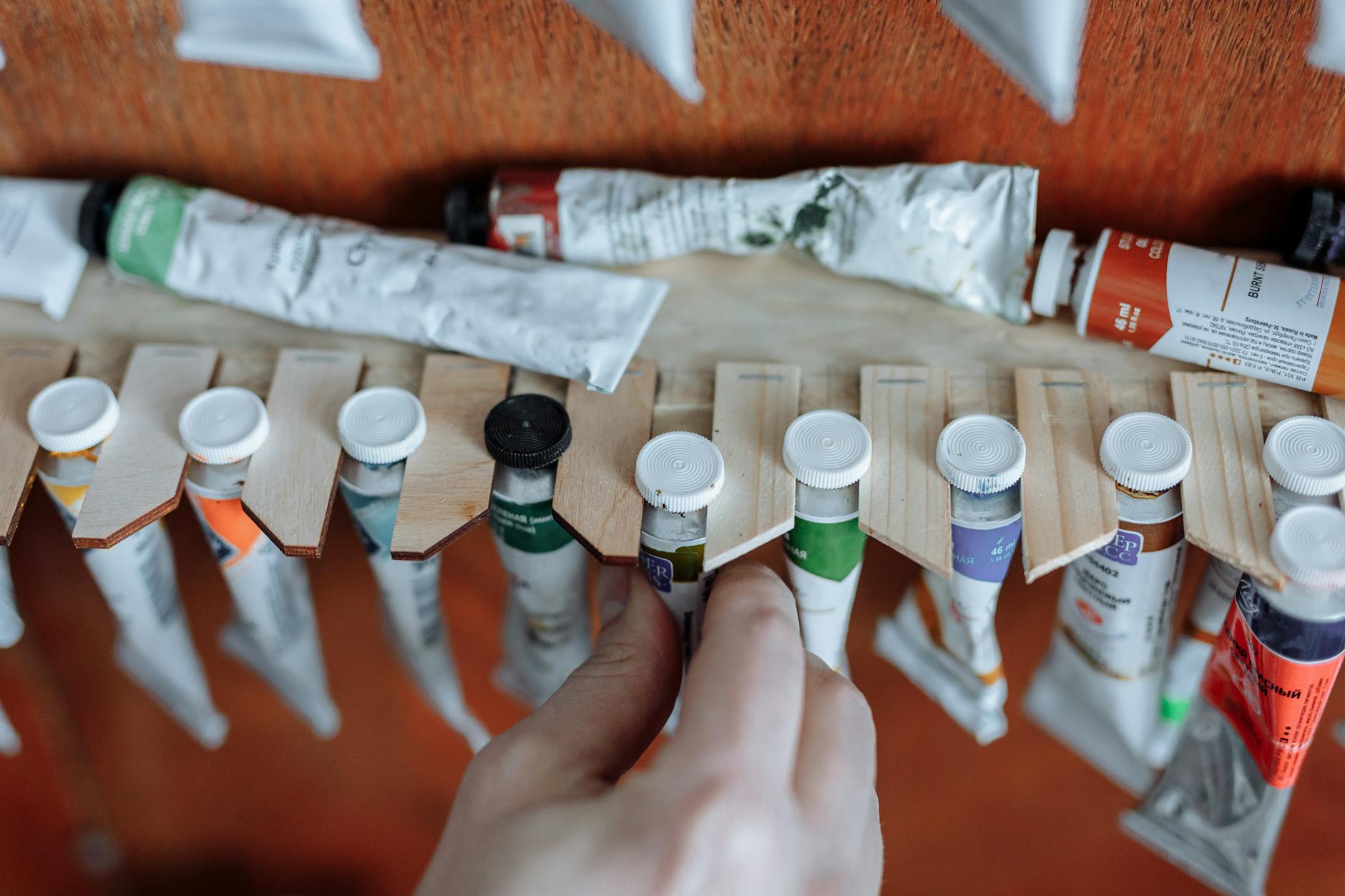Psychedelics and creativity. Two realms often perceived as overlapping, merging, intertwining. It’s not unusual for artists to explore alternative methods to spark their imagination, to unearth hidden elements of their consciousness, and perhaps, to alleviate the dreaded artist’s block. Yet, using psychedelics as catalysts for encounter the artistic inspiration isn’t a new-fangled an idea. The 1960s counterculture generation fully embraced psychedelics to stimulate their artistic process. Extraordinary artists like The Beatles, Jimi Hendrix, and The Grateful Dead – they all dipped their toes into the psychedelic pool and came out with groundbreaking, creative breakthroughs.
However, this surge of inventive genius isn’t exclusive to iconic musicians. Visuals artists often attest to the transformative power of psychedelics on their artistic creations. Alex Grey, an American artist specializing in spiritual and visionary art, is a shining example who credits his vibrant, detailed artistic explorations to the enlightening experiences inspired by psychedelic substances.
Psychedelics like LSD, psilocybin (found in magic mushrooms), and DMT don’t magically bestow creativity in a person. It isn’t as simple as ‘Take a trip, become Picasso.’ Rather, these substances are believed to act as keys that unlock areas of the mind that are usually latent. This leads to enhanced neuroplasticity, allowing for a greater range of thought patterns, unconventional thinking, and creative innovation. Psychedelics appear to heighten the user’s perception of their environment and their inner consciousness. This amplified sensitivity could aid creators in observing the world with fresh admiration, birthing novel ideas and concepts previously unseen.
Another intriguing possibility is that psychedelics might assist users in bypassing their psychological filters. Such filters often act as a barrier between centuries of innate human wisdom and conscious perception. Freed from these constraints, artists might be able to tap into the primal, subconscious layers of their minds – a fertile ground for employing the raw, emotionally charged language of art.
Yet, it’s vital to remember that the use of psychedelics is not without its risks, both legal and health-related. Despite promising research finding on the potential therapeutic uses of these substances (including their ability to inspire creativity), using them without professional guidance could lead to harmful adverse effects.
For artists, new approaches, perspectives, and ways of seeing are vital for creative growth. Psychedelics might provide a vehicle to navigate the labyrinth of their minds, uncovering deeply held truths, obscure ideas, or dormant emotions. However, creativity need not depend on these substances. To quote the eminent psychologist Mihaly Csikszentmihalyi, “creativity is any act, idea, or product that changes an existing domain, or that transforms an existing domain into a new one.” And this magic can spring from the mind, with or without a psychedelic key.
In conclusion, while it’s undeniable that psychedelics have and can aid in artistic exploration, the journey through art and consciousness need not solely depend on them. Real innovation, they say, comes from a mind made beautiful by thoughts, not substances. Whether with aid or alone, the ultimate goal remains the same for all creators – to express the myriad forms of human experience in ingenious, inspiring ways.
Title Image Source: https://commons.wikimedia.org/wiki/File:Psychedelic_collage_by_Alex_Grey.jpg
Source Links:
Neuroplasticity and Psychedelics




